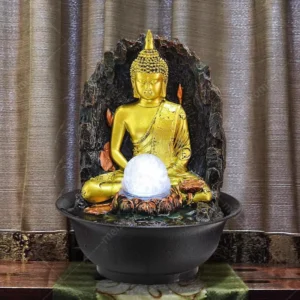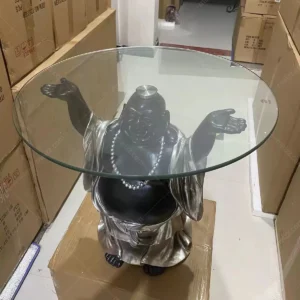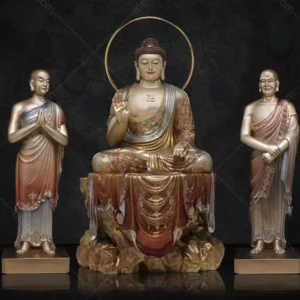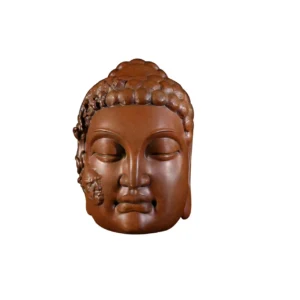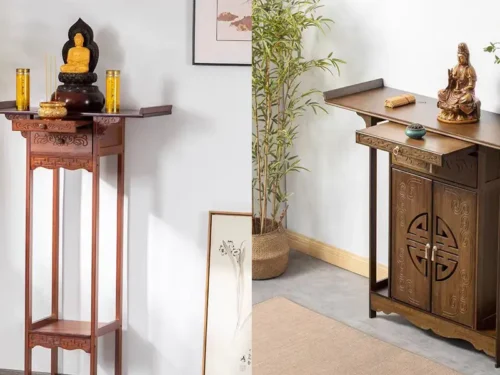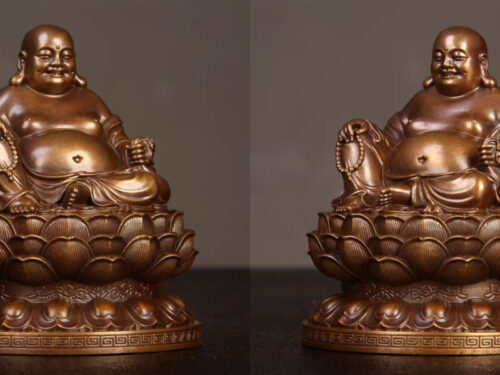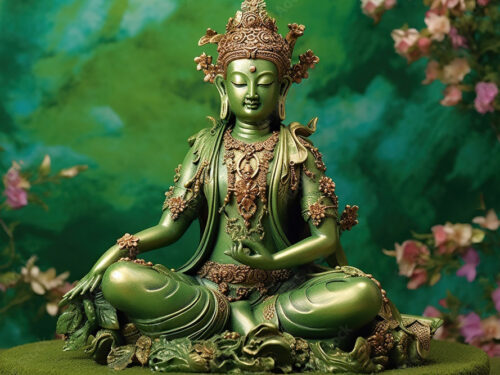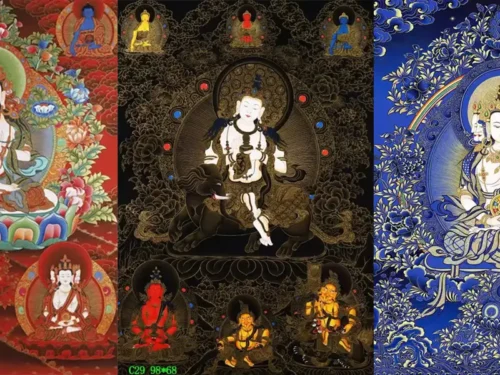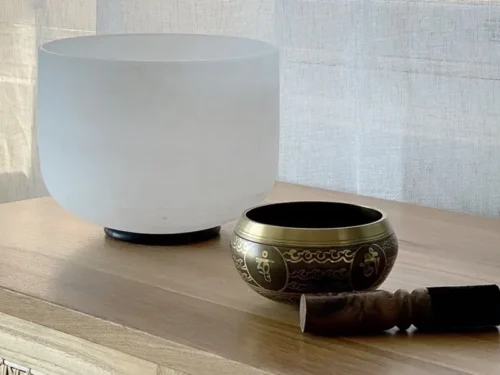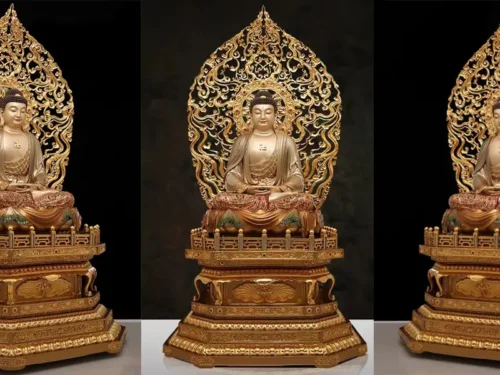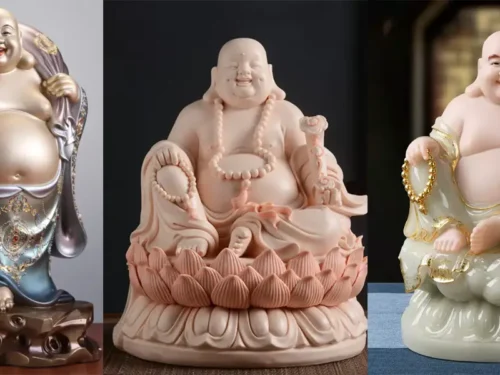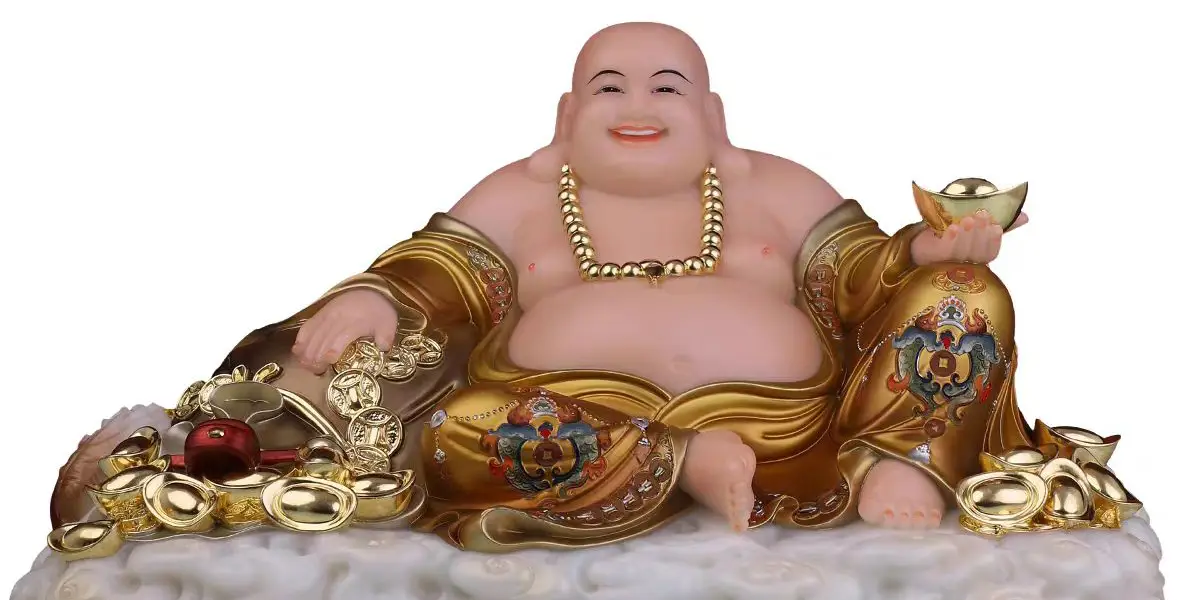
The buddhist sitting position is a crucial part of meditation. It is not only a comfortable posture of the body, but also a concentration and calmness of the mind. In Zen and Buddhist traditions, there are various sitting positions, including double legged sitting, half legged sitting, good legged sitting, free sitting, and cross legged sitting. This article will provide an in-depth introduction to these sitting positions, revealing their unique value and connotation in meditation.
Double Lotus Position
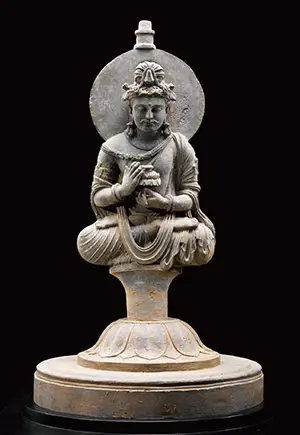
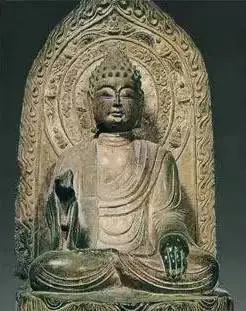
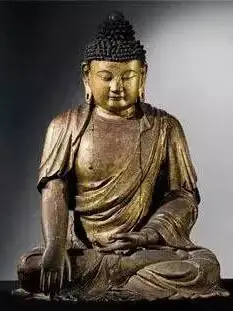
Ankles are placed above the thighs, with the center of gravity not shifting, making it the most stable and long-lasting sitting posture, hence it is also known as “Diamond sitting”. The order of placing both feet also varies. If the right foot is below, it is called the “Demon Subduing Seat”; If the left foot is below, it is called “auspicious sitting”.
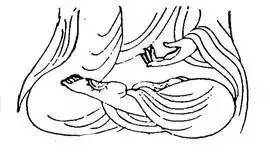
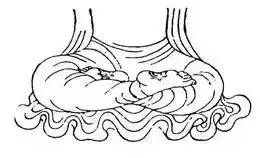
Double legged sitting is a traditional meditation posture that helps maintain body balance and allows meditators to better focus on inner observation. Double legged sitting not only helps maintain body posture, but also helps to regulate breathing and promote mental tranquility.
The Tathagata Buddha often sits in a seated posture, which is believed by Buddhism to be stable, dignified in appearance, not easily fatigued, and upright in both body and mind; Modern yoga instructors believe that this sitting posture can promote blood circulation and enhance body flexibility.
Half Lotus Position
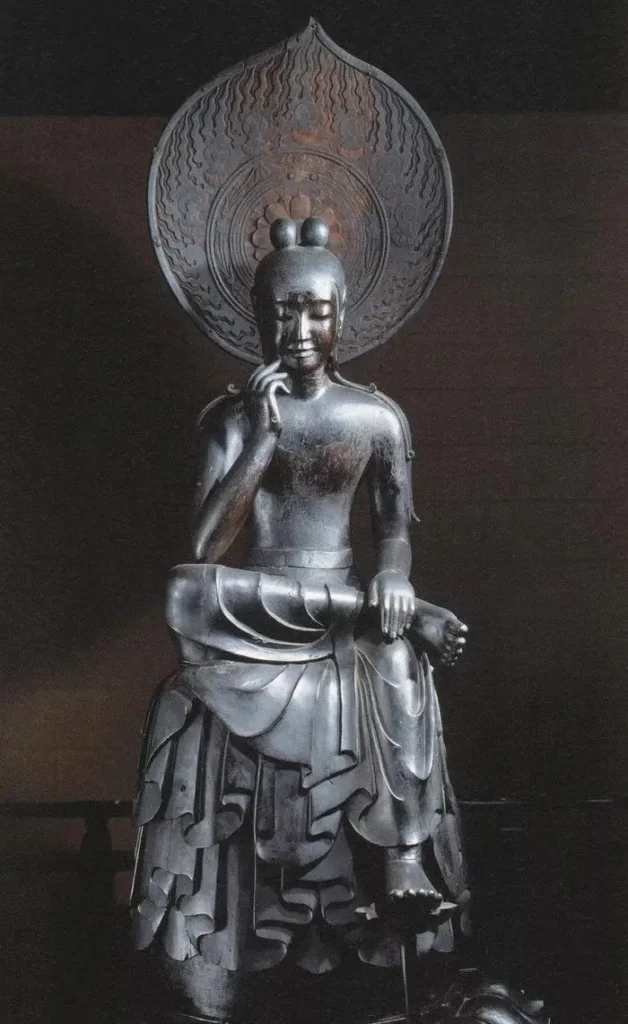
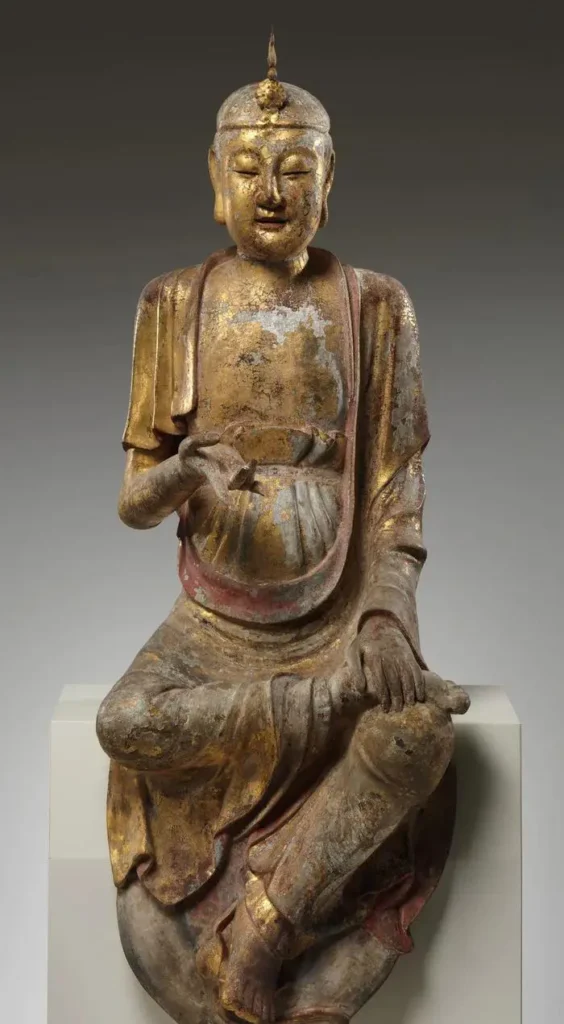
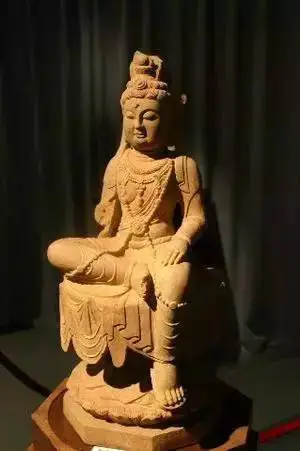
Half legged sitting is a comfortable sitting posture suitable for beginners. Half legged sitting is relatively easy, making it easier for meditators to enter a meditative state. This sitting posture also helps to relax the muscles in the buttocks and legs, reducing discomfort from prolonged sitting meditation.
This sitting posture is very similar to double legged sitting, but only with one ankle coiled on the thigh, both left and right feet can be used, and the other foot sometimes naturally hangs on the ground. Half legged sitting is commonly seen in Bodhisattva statues. During the Southern and Northern Dynasties period (420-589), the semi meditative sitting was often combined with contemplation, which was explained as the appearance of the Crown Prince of Shakyamuni contemplating life philosophy and using his fingers to point on his cheek for contemplation. It was also commonly seen in the form of Maitreya Bodhisattva.
Easy Pose
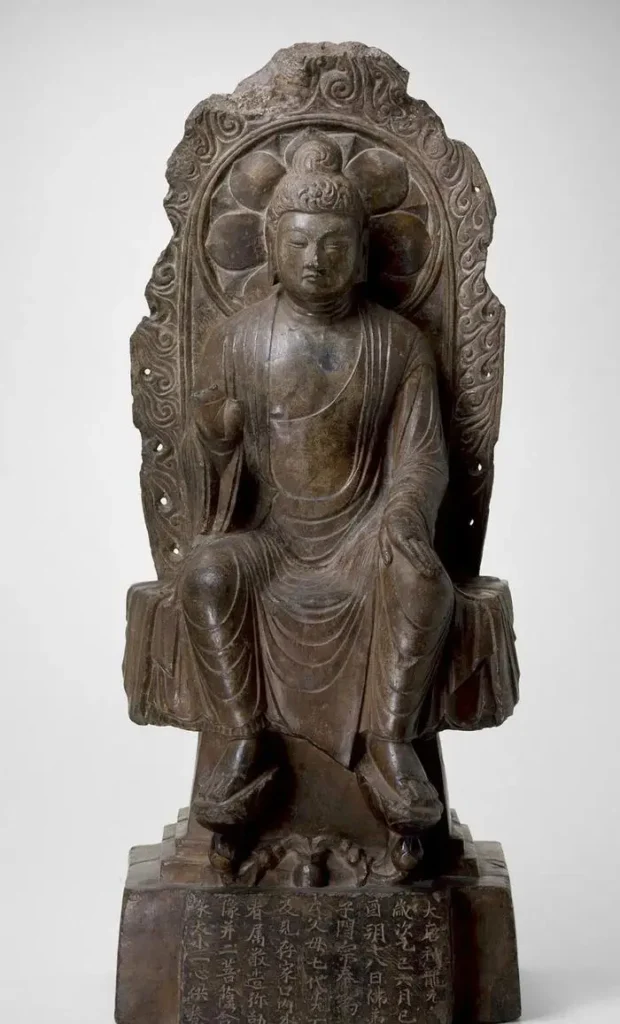
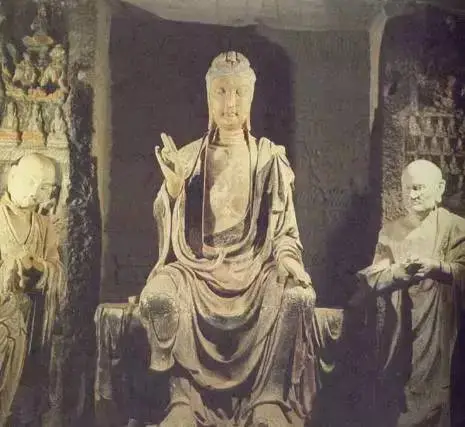
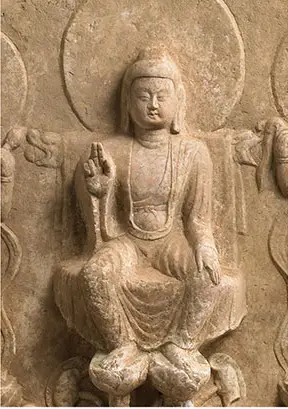
This sitting posture, with both feet not crossed, naturally lies flat on the ground, also known as a “leaning sitting statue.”. It had already appeared during the Gandhara period in ancient India and was widely used on Maitreya Buddha Statues during the Tang Dynasty (618-907). A famous example is the Maitreya Buddha located in Leshan, Sichuan.
Sukhasana
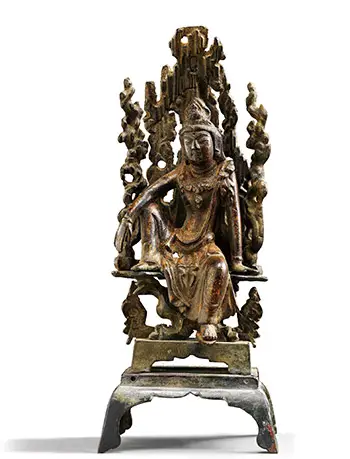

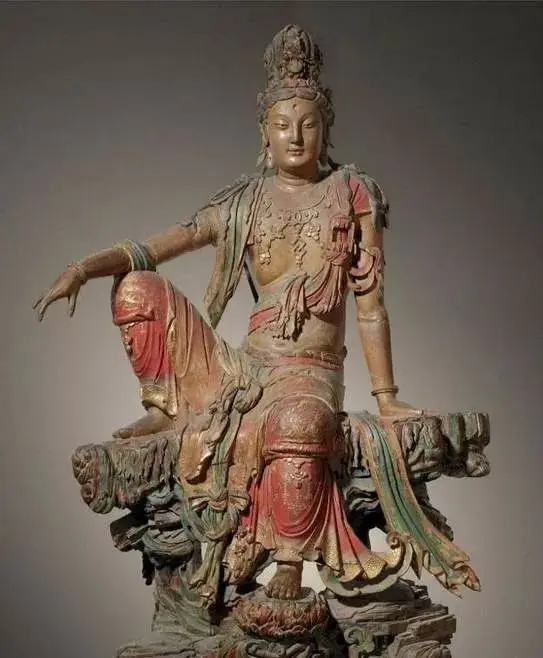
In this sitting position, the right foot is bent at the knee, the left foot is coiled or dropped on the ground, the right hand is placed above the right knee, and the left hand is naturally placed behind the left knee. In addition to Buddhist art, the expression of sitting freely is often seen in other local religious arts in India. After the end of the Tang Dynasty and the Five Dynasties in China (907-960), free sitting began to be frequently used in The Water and Moon Guanyin Bodhisattva, becoming one of the indispensable elements of the water moon Guanyin statue.
Cross-legged Position
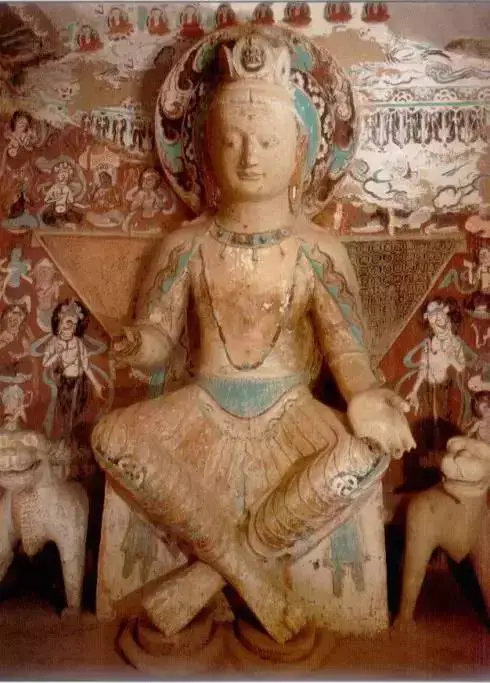
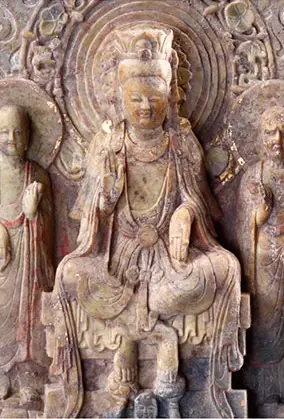
This Buddhist sitting position presents an “X” shape with both ankles crossed. According to research, this sitting posture may have originated from the daily sitting posture of Central Asian grassland ethnic groups. The statue of Maitreya Bodhisattva, often used during the Northern Dynasties period in China, is often depicted with lotus flowers and the image of the Earth God under both feet. A famous example is the statue of cross-leg Maitreya in Dunhuang and Longmen Grottoes.
Epilogue
By gaining a deeper understanding of these Buddhist sitting position, we can better understand the diversity and richness of meditation. Each sitting posture has its unique value, which can help meditators find the most suitable way for themselves in their practice. No matter which sitting position you choose, it is a tool on the road to inner peace and wisdom, guiding us towards a more meaningful life.



